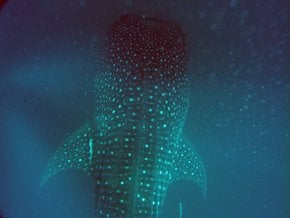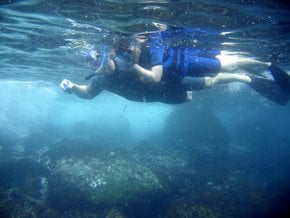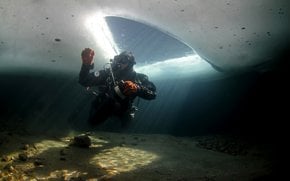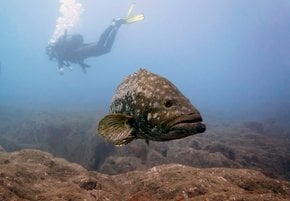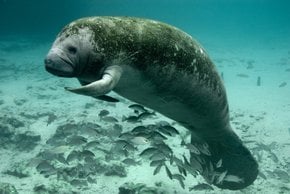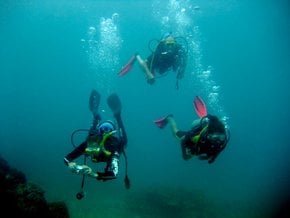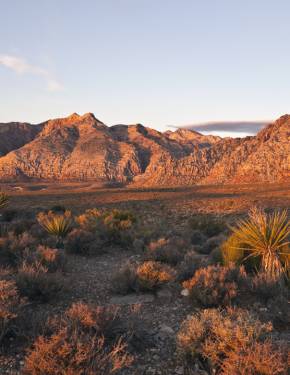Diving around Santa Catalina Island in Los Angeles 2025-2026
Crystal clear waters near the island of Santa Catalina with its rich underwater world are perfect for diving
Best time: July–December
The island of Santa Catalina is located 35 km southwest of Los Angeles. This is a favourite place for fans of snorkelling and diving. Huge schools of small fish, bright orange fish, seashells, seaweed, and a huge variety of other animals can be observed here. The marine inhabitants are so accustomed to the "big fish" in black rubber suits (divers), who produce a lot of air, that they often act without much fear. Here you can meet other unusual fish, such as the Mola-Mola or Ocean Sunfish, which feeds on jellyfish. These silverfish live in this area during the summer and autumn months. Another type of fish that is found in these waters is the unique flying fish. If you go diving on a ship, they will chase you on the way. In addition to the natural underwater inhabitants, you can find a sunken ship which is at a depth of 18 meters (60 feet).
Though diving is available all year round, the best time must be July to December (the very best in September and November), as it offers the best underwater visibility. To compare, the worst conditions are observed in April and June when the area teems with plankton. As to water temperatures, it's the warmest in mid-July to the end of September, and coldest again March to June.
Getting to Catalina Island
Visitors can take a passenger ferry from Long Beach, Newport Beach, Dana Point, or San Pedro. Another option is to fly over on a helicopter or private plane. Local companies also provide the service to sail over to the island on a private boat. Besides, Catalina Island is a regular stop for some cruise ships in the area.









